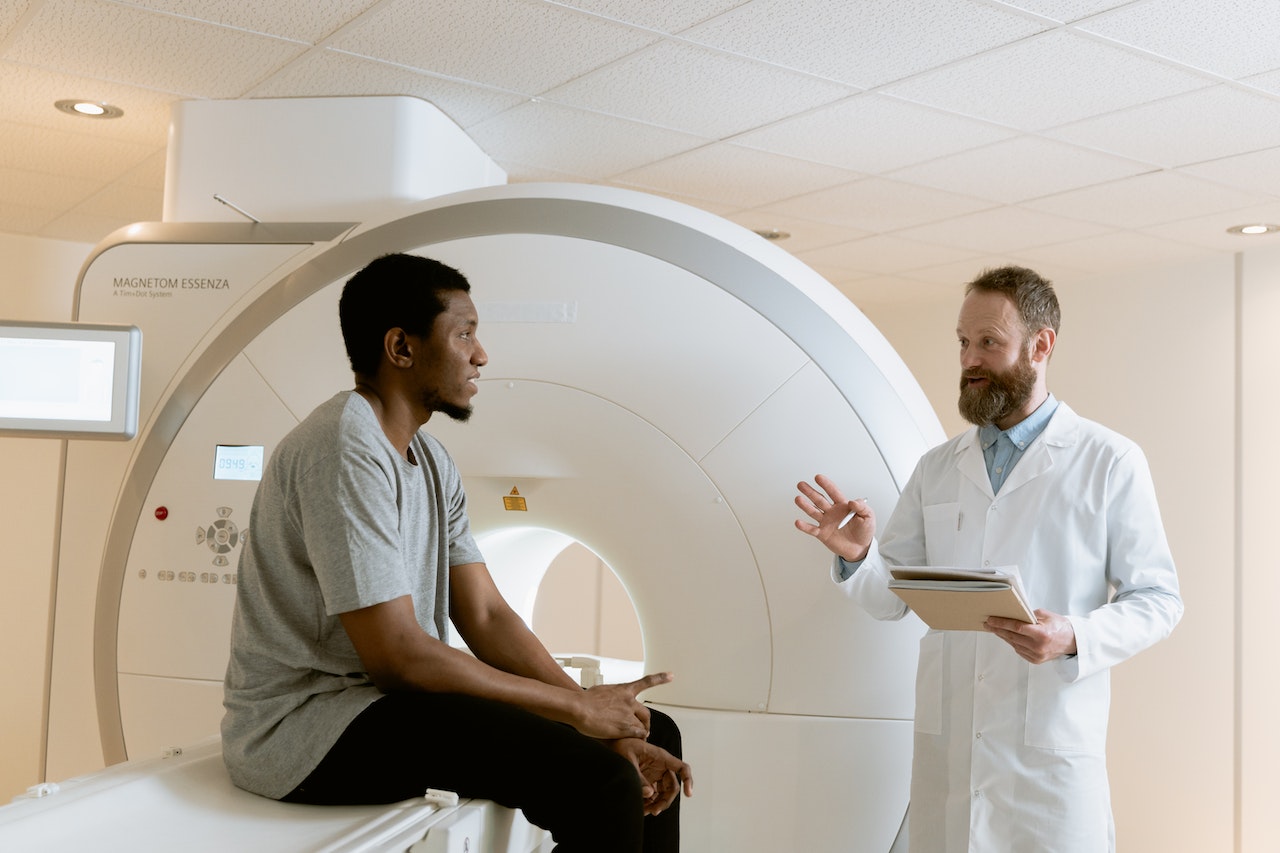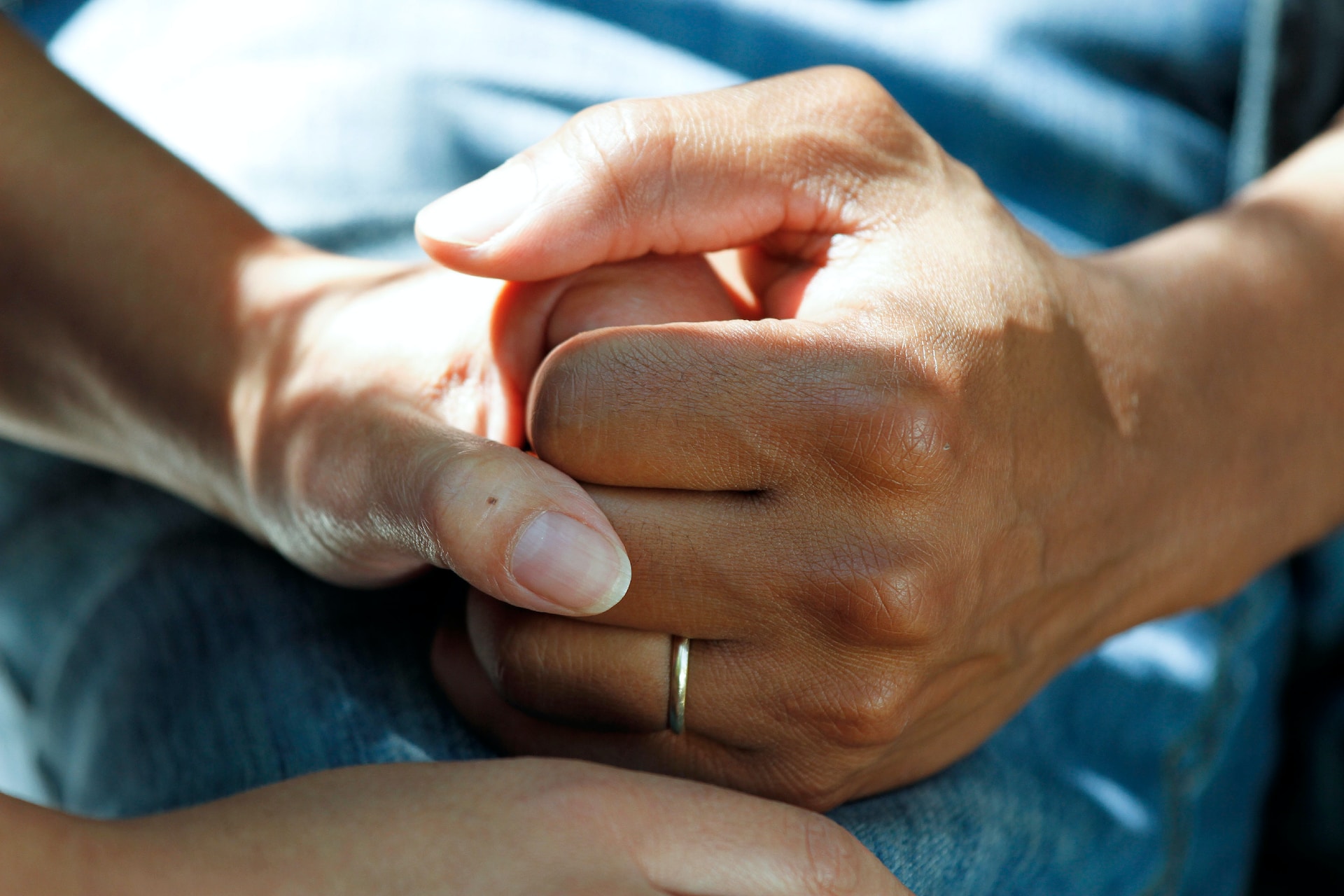Multiple myeloma is a serious health issue. It is a form of cancer that develops within bone marrow due to genetic mutations.
So, since this cancer develops from genetic mutations, does that mean it is hereditary? This article will explore the answer to this question while also looking at other risk factors.
What Is Multiple Myeloma?
Multiple myeloma is a type of cancer that forms in bone marrow. Since the bone marrow has an impact on the body as a whole, it is a serious form of cancer.
With multiple myeloma, plasma cells, a type of white blood cell, start to multiply out of control. They normally form about one percent of the cells in bone marrow. They exist there alongside red blood cells, other types of white blood cells, and platelets. However, with multiple myeloma, the plasma cells multiply to the point where they become the majority of the cells in the bone marrow. From there, they go on to form tumors within the bone.
On their own, these tumors cause immediate problems. They can make your bones hurt and increase the chance that the bones will fracture. They can even go on to put pressure on the nerves that are close to the bones or cause the bone itself to degenerate. If the bone starts to break down, it will increase the body’s calcium levels to unhealthy amounts, which causes other health problems.
In addition, the focus on bone marrow on producing plasma cells reduces the amount of normal cells being produced. This may lead to a low level of red blood cells, called anemia, which causes issues like fatigue, overly pale skin, and weakness. It may also lead to a low level of white blood cells, called leukopenia, which can weaken the overall immune system.
Is Multiple Myeloma Hereditary?
The cause of multiple myeloma isn’t quite clear. It appears to be the result of genetic mutations within the body that change the way it normally functions. However, it isn’t exactly clear why these happen.
Because multiple myeloma comes from genetic issues, many people wonder if it is hereditary by nature. However, these genetic mutations occur sometime after a person is born but aren’t with them when they are born. These types of mutations are referred to as somatic mutations. So, the fact that multiple myeloma comes from somatic mutations suggests that it is not inherited directly.
Despite this, evidence has shown that there seems to be a genetic link between family history and multiple myeloma. It has been observed that people who have close relatives with multiple myeloma have a greater chance of developing it themselves. This indicates that there is some aspect of multiple myeloma that is inherited. This factor is often used in predictive models that attempt to grasp the risk of developing the condition.
Together, this gives a picture of multiple myeloma’s ability to pass through generations. The condition itself does not appear to be passed down from person to person. Instead, a greater chance of developing the condition later on in life seems to be what is passed down. So, the risk factor is hereditary, but the condition is not.
Related: Strategies for Reducing Health Disparities in 2023
What Influences Multiple Myeloma Risk?
As already mentioned, the risk of developing multiple myeloma increases if members of the same family have multiple myeloma. However, this is not the only factor that influences its development.
Another factor is exposure to radiation. People who have gone through radiation therapy or have been exposed to radiation in some other way are more likely to develop the condition. This may be because radiation has a chance of promoting cell mutation, which is how multiple myeloma comes into being.
Besides this, exposure to carcinogenic substances also raises the risk. Benzene is a carcinogen that is often believed to increase the risk of developing multiple myeloma. However, more modern studies question this link and suggest benzene raises the risk of acute myelogenous leukemia but not myeloma. So, like many things regarding the development of multiple myeloma, the exact link here isn’t quite clear.
How Common Is Multiple Myeloma?
Overall, multiple myeloma is very rare. It only accounts for somewhere between 1% to 2% of all cancers. This ends up affecting around four people in every 100,000 per year.
How Treatable Is Multiple Myeloma?
Multiple myeloma does not currently have a cure. However, it can be treated through various treatment methods. These can improve the quality of life for people suffering from multiple myeloma.
Treatment is given depending on the type of multiple myeloma the person has. Younger people or people who don’t have any symptoms have what is referred to as smoldering myeloma. The approach to treating this is typically to monitor the situation closely. If it is not causing any problems at the moment, no treatment is usually given. However, if and/or when it starts causing problems, steps are taken to outline a treatment plan.
All plans are different, but most treatment plans include similar treatment options. These include the use of chemotherapy, steroids, and specific medications, like daratumumab, bortezomib, and dexamethasone.
Treatment for any type of multiple myeloma will vary from person to person. An individual will work with their doctor to develop a plan that considers their specific situation and the exact nature of the condition. The individual suffering from multiple myeloma will then have to agree to the treatment plan before it begins.
Related: Novel B-Cell Maturation Antigen for Relapsed and Refractory Multiple Myeloma
How Serious Is Multiple Myeloma?
Current studies suggest that around 60% of people with multiple myeloma survive more than five years after diagnosis. However, these studies are older, and advancements in treating the condition have been made since then. So, it is likely that the current rate of survival may be even higher than this.
A person’s chance to survive multiple myeloma depends on several factors. Catching the condition earlier offers better rates of survival. Meanwhile, younger people often live with it for longer than older people. Even socioeconomic factors impact the survival rate, as people from lower economic backgrounds are less likely to be able to afford life-saving treatment.
Multiple Myeloma and Genetics
Multiple myeloma is not necessarily passed down from person to person. However, it appears the risk factors for developing it may be. So, if you’re concerned about developing the condition, make sure you talk to a doctor to overview your current situation.
Looking to stay up-to-date on the latest news in health disparities? Sign up to get updates from MD Newsline sent straight to your inbox.












